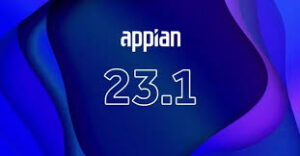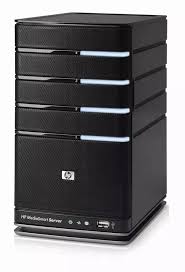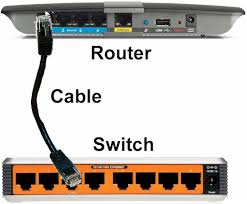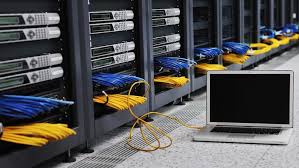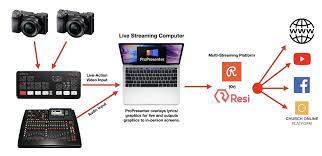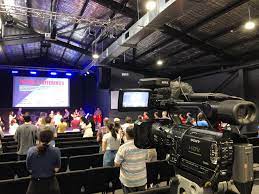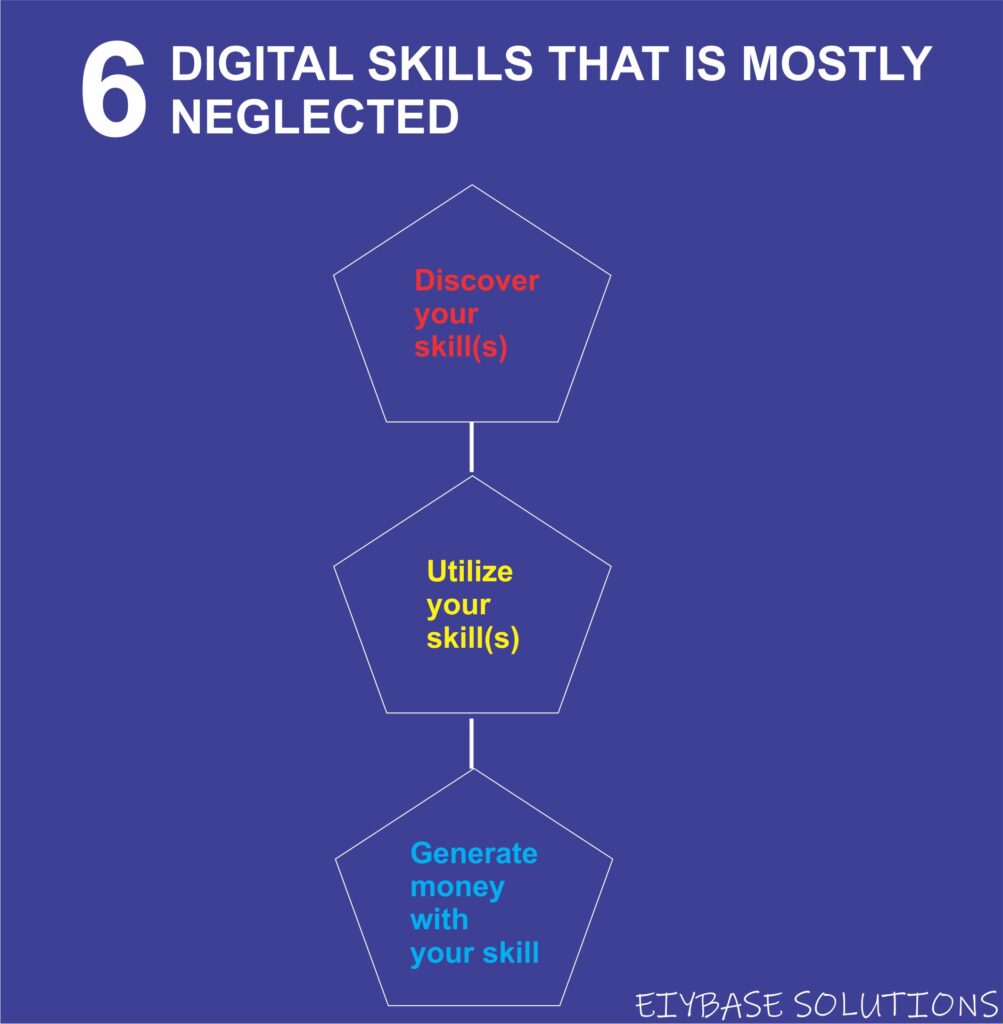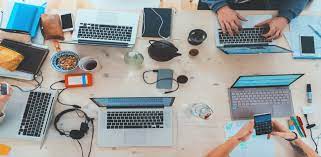Originally posted on November 19, 2023 @ 3:29 pm
Digital skill training for online earning and how you can apply to get a job is what we are about to explore in this article for your benefit in line with your career goals and interests.. It is not news that Digital skills is the most sorted skill globally in our workforce not only in 2023 but years to come because the world has moved on into full digitalization.

With a digital skill, you may not need to be physically employed, online employment is possible by 100%. Moreso you can get any kind of job either a full time or part time job depending on the type of skill that you possess. This is why it is important that we look beyond our field of study, pick a digital skill, get the required training and start online earning even from the comfort of your home.
However, digital skills are numerous but “how” do you identify the most trending digital skills that can land you that job without delay on completion of the training. In this article, we are going to explore the top most 5 digital skills, how and when can you start earning online.
5 Top Most Digital Skill

1. Cloud computing Digital Skill
An on-demand availability of computer system resources, especially data storage and computing power that has no direct active management by its user. Large clouds often have functions distributed over multiple locations, each of which is a data center.

Benefits of Cloud computing as a skill
1. Scalability: Easily scale infrastructure based on demand.
2. Cost Efficiency: Pay-as-you-go models reduce upfront costs.
3. Flexibility: Access resources and data from anywhere.
Where can you use Cloud computing?
1. Business Operations: Streamline processes and improve efficiency.
2. Data Storage and Management: Store and manage data securely.
3. Development and Testing: Provide environments for software development and testing.
Which Training Centers is Best to apply?
Online Centers:
1. Amazon Web Services (AWS) Training: AWS Training
2. Microsoft Learn: Microsoft Learn
Onsite Centers:
1. Fibertrain
2. KVCH
3. Cadd Centre
4. Bizmarrow Technologies
2. Data science and analytics Digital Skill
Data Science and Analytics involve the extraction of knowledge, patterns, and insights from structured and unstructured data through a combination of statistical, mathematical, and programming techniques

Benefits of becoming a Data Scientist
1. Informed Decision-Making: Extract insights from data for better decision-making.
2. Predictive Analysis: Forecast trends and outcomes based on historical data.
3. Business Optimization: Improve processes and identify opportunities for growth.
4. Efficiency and Automation: Streamlines processes and automates repetitive tasks through machine learning and predictive modeling.
5. Competitive Advantage: Provides a competitive edge by extracting actionable insights that drive innovation and business success.
6. Personalization: Enhances customer experiences through personalized recommendations and targeted marketing.
Area of Applications of Data Science and Analytics
1. Healthcare: Predictive analytics for patient outcomes.
2. E-commerce: Customer behavior analysis and personalized recommendations.
3. Finance: Fraud detection and risk management.
If you desire to become a Data Scientist, Consider these Training Centers:
Online Centers:
1. Coursera: Data Science Courses
2. edX: Data Science MicroMasters
Onsite Centers:
1. Tech365: A registered ICT Training company in Lagos Nigeria
2. Simplilearn: A Data Analyst course in Lagos in collaboration with IBM to give the best in data analysis
3. Digital Skill in Cybersecurity

A multidisciplinary field dedicated to protecting computer systems, networks, and sensitive information from cyber threats, attacks, and unauthorized access.
Everyone today is looking for a way to gain access to information that is not theirs. As a cybersecurity expert, you help to protect threats and attacks from unauthorized users.
Benefits of a cybersecurity Skill
1. Data Protection: Safeguard sensitive information from unauthorized access.
2. Risk Mitigation: Identify and mitigate security threats.
3. Compliance: Ensure compliance with data protection regulations.
Where can i Apply Cybersecurity Skill?
1. Financial Institutions: Protect customer financial data.
2. Healthcare: Secure patient records and personal information.
3. Government Agencies: Safeguard sensitive government data.
Training Centers Where I Can Enrol for Cybersecurity in 2023
1. Cybrary: Cybersecurity Courses
2. SANS Institute: SANS Training
4. Web Development and Design with UI/UX Digital Skill
User Interface (UI) design focuses on creating visually appealing and intuitive interfaces that facilitate user interaction with digital products.
User Experience (UX) design is a holistic approach that encompasses the entire user journey, focusing on creating seamless and enjoyable interactions.

Benefits of UI/UX Web Development Skill
1. User Satisfaction: Enhance user experience and satisfaction.
2. Brand Image: Create visually appealing and functional websites.
3. Competitive Edge: Stay competitive with modern and responsive designs.
Application Area of A UI/UX App
1. E-commerce: Create user-friendly shopping platforms.
2. Corporate Websites: Develop professional and informative websites.
3. Mobile App Design: Design intuitive and visually pleasing mobile applications.
Training Centers:
1. Udacity: Front End Web Developer Nanodegree
2. FreeCodeCamp: Web Development Certification
5. Artificial Intelligence and Machine Learning Digital Skill
The Artificial Intelligence and Machine Learning tasks include learning, reasoning, problem-solving, perception, language understanding, and decision-making.

Benefits of Using Artificial Intelligence and Machine Language:
1. Purely Automation: Automate repetitive tasks and processes.
2. Predictive Capabilities: Predict outcomes based on patterns.
3. Personalization: Customize user experiences based on preferences.
These Applications Usage
1. Healthcare: Diagnosis and treatment predictions.
2. Marketing: Personalized marketing and recommendation systems.
3. Finance: Fraud detection and risk assessment.
Their Training Centers:
1. Coursera: Machine Learning Courses
2. TensorFlow: TensorFlow Tutorials
Certainly, We believe that the itemized list of the top 5 digital skills, along with their benefits, areas of application, and suggested training centers for each has impacted you and thus you are taking the next step in enrolling.
See you at the top.




